2016 by the University Press of Kansas
All rights reserved
Published by the University Press of Kansas (Lawrence, Kansas 66045), which was organized by the Kansas Board of Regents and is operated and funded by Emporia State University, Fort Hays State University, Kansas State University, Pittsburg State University, the University of Kansas, and Wichita State University
Library of Congress Cataloging-in-Publication Data
Names: Miroff, Bruce, author.
Title: Presidents on political ground : leaders in action and what they face / Bruce Miroff.
Description: Lawrence, Kansas : University Press of Kansas, 2016. | Includes bibliographical references and index.
Identifiers: LCCN 2016004960
ISBN 9780700622856 (cloth : alk. paper)
ISBN 9780700622863 (ebook)
Subjects: LCSH: PresidentsUnited StatesDecision making. | Political leadershipUnited States. | Executive powerUnited States.
Classification: LCC JK516 .M53 2016 | DDC 352.230973dc23
LC record available at https://lccn.loc.gov/2016004960.
British Library Cataloguing-in-Publication Data is available.
Printed in the United States of America
10 9 8 7 6 5 4 3 2 1
The paper used in this publication is recycled and contains 30 percent postconsumer waste. It is acid free and meets the minimum requirements of the American National Standard for Permanence of Paper for Printed Library Materials Z39.48-1992.
PREFACE
Richard Nixon was in the White House when I began writing about the presidency. My first book, Pragmatic Illusions: The Presidential Politics of John F. Kennedy, was published in 1976. For four decades I have studied presidential politics; Presidents on Political Ground aims to distill much of what I have learned. My objective from the start has been to approach presidential leadership as the interplay of individual abilities and choices with the larger structures within which they have to operate. I have been associated in this respect with a subset of presidency scholars who emphasize leadership in context.
Although Presidents on Political Ground reflects a long career as a presidency scholar, it had a more immediate stimulus as well: the presidency of Barack Obama. Often during Obamas two terms I have been struck by analyses that ascribe his administrations course almost entirely to the presidents personal strengths and weaknesses, with little regard for history and context. Obama has proven to be a prime illustration of the problem that motivated this book.
To be sure, some of the responsibility for the overly personalized explanations belongs to Obama himself. Elected at a moment of profound economic dislocation, Obama was drawn to the stories of past presidents who had turned grave crises into transformative moments in the history of the American republic. In the period between his election and his inauguration, he let it be known that he was reading books about Abraham Lincoln and especially Franklin D. Roosevelt. Obama tempted fate by suggesting analogies between their presidencies and his upcoming one. But once in office it did not take long for him to be disabused of this conceit. The wall of opposition he faced from congressional Republicans for his first major undertaking, a massive economic stimulus bill, swiftly demonstrated that he would be granted no Rooseveltian hundred days, indeed no opening for a historic transformation comparable to the New Deal.
Yet for many observers in the media, and especially for conservative and liberal political activists, the comparisons to FDR (and to other modern presidents at times) remained all too handy regardless of changed circumstances. To indignant conservatives, Obama has been seen as too much like FDR, whom they blame for the rise of big government, prone just like his progressive predecessor to executive power grabs and egregious violations of the Constitution. To disappointed liberals, Obama has been seen as a faint imitation of a progressive Roosevelt, too conciliatory and timorous to seize a rare opportunity for fundamental change. Another FDR in the White House would have radically transformed American health care into a single payer system and struck forcefully at Wall Street by breaking up the too big to fail banks and investment houses.
Amid the arguments over whether Obama has been dangerously strong or distressingly weak, the contextual frameworks that have shaped and circumscribed his administration have too often been obscured. The political ground over which he has traveled has been little charted. When Obama has resorted to executive orders as an alternative to legislative initiatives blocked in Congress, his unilateral actions have been seen as an unusually aggressive assertion of authority rather than a regular feature of every modern presidency. When Obama has suffered defeats in Congress, his modest legislative skills, falling well short of Roosevelts masterful ways, have been regarded as the primary cause, leaving aside the fact that Roosevelt had overwhelming Democratic majorities in Congress for his first six years in office and did not have to face a Republican opposition that routinely sought to obstruct his every legislative move. Obama has operated in a different media environment, political economy, party system, and policy landscape than FDR encountered. Across the board his presidency has proceeded on a different, and for the most part more difficult, political ground.
President Obama is only one of the major figures in Presidents on Political Ground. While making references to presidents prior to the New Deal, the book is mainly concerned with the succession of presidents from FDR to Obama. The contextual understanding that I believe is needed to make sense of any of their presidencies provides me with my theme.
Large parts of Presidents on Political Ground were first formulated in response to two invitations for which I am very grateful. I was asked by Nigel Bowles and Alan Renwick to join a group of scholars developing a framework for the comparative study of political leadership. Two meetings of this groupat an American Political Science Association panel in Toronto and a workshop at the University of Oxforddrew me more deeply than before into an examination of presidents in the areas of coalition politics and domestic policy making. Subsequently, another project on comparative political leadership, organized by John Kane, Haig Patapan, and Ian Shapiro, led me to draft papers for meetings at Yale on the topics of global leadership and good democratic leadership.
An ongoing politics and history group at the University at Albany, SUNY, provided me with a forum for extensive discussion of my paper on Presidents and Economic Royalists. I thank my colleagues for the stimulating exchange.
Early versions of several chapters received helpful critical comments from a number of scholars. My thanks to Peter Breiner, Neil Chaturvedi, Brendan Doherty, Nan Keohane, the late Thomas Langston, Sid Milkis, and Mike Nelson. Two anonymous readers for the University Press of Kansas were unusually supportive as well as thoughtful in their commentary. For his insightful reading of the entire manuscript, I am especially grateful to Steve Skowronek. The late James MacGregor Burns was an inspiration for my work on leadership and a good friend.
My association with the University Press of Kansas has long been a pleasure. Fred Woodward, by now an old friend, worked with me once again on developing the book project, and Chuck Myers has skillfully brought it to completion. Carol Kennedy and Larisa Martin have brought their skills to copyediting and production, respectively.

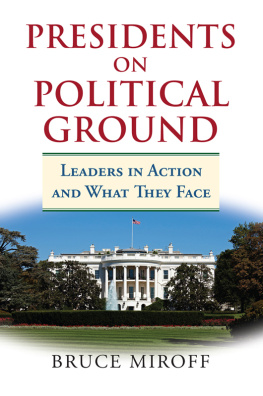

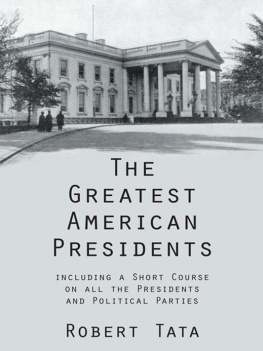
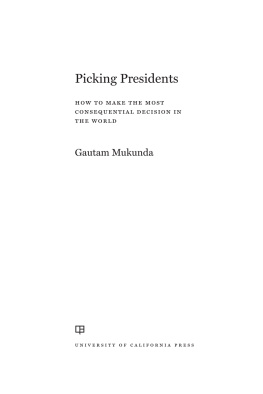
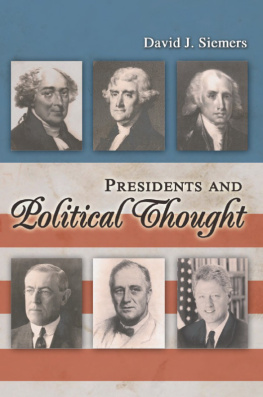

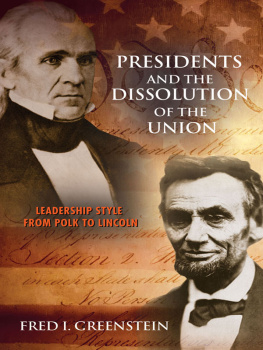
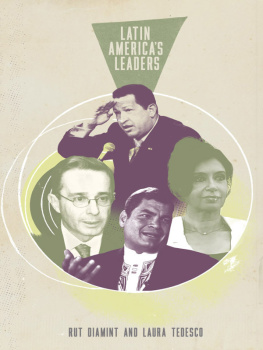
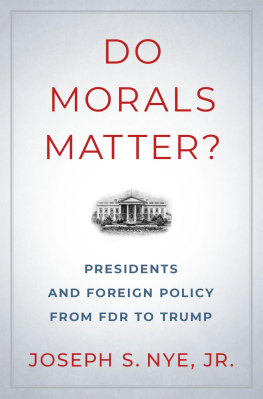
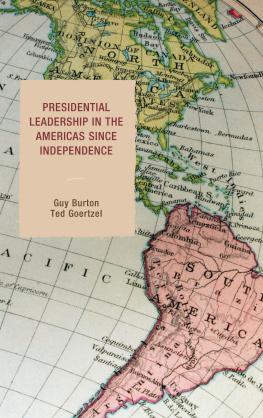
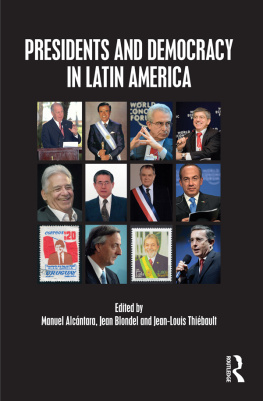

 University Press of Kansas
University Press of Kansas